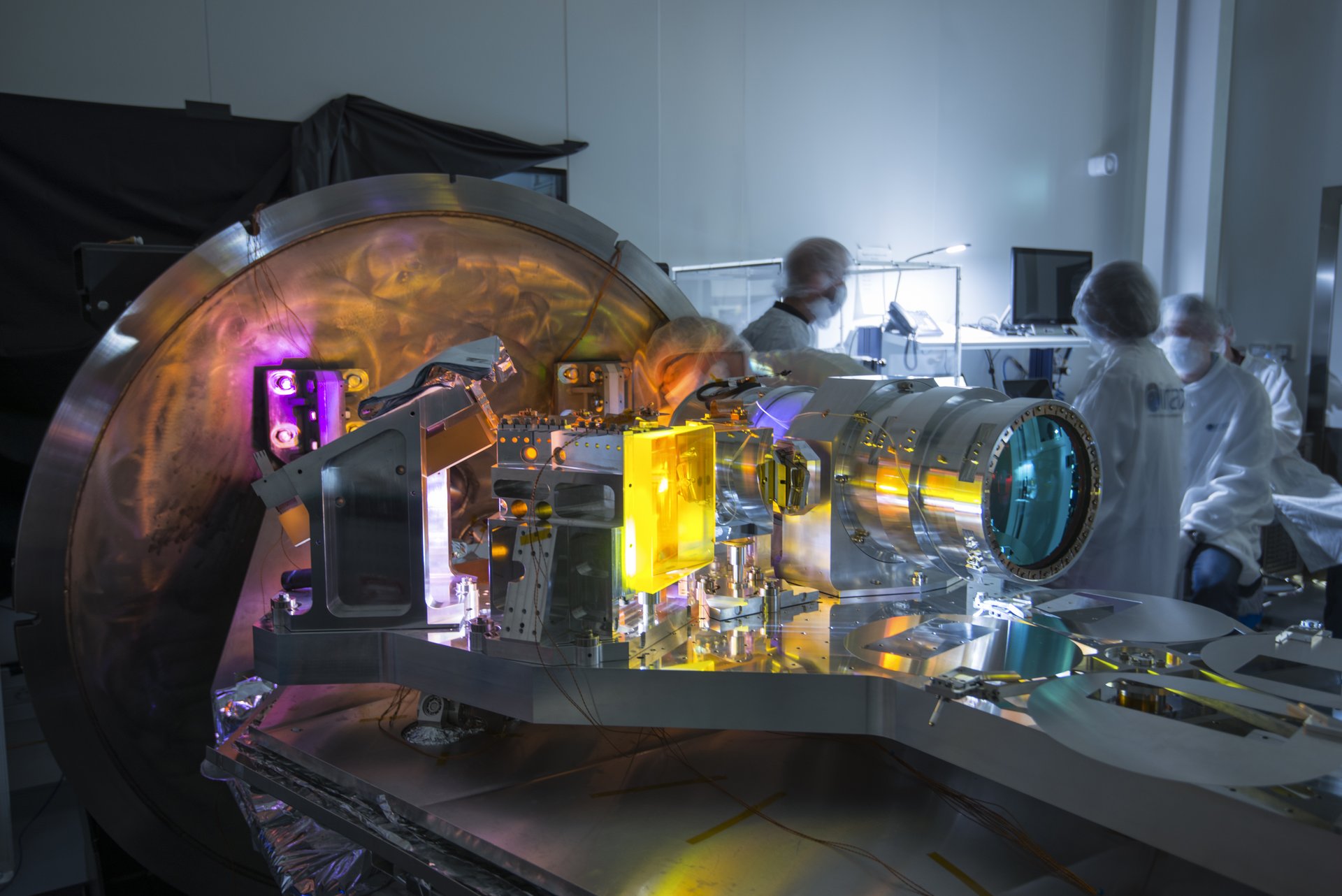The Faculty stands out as a major player in the fields of optics, photonics and lasers, with scientific advances that are redefining many industries. Ultra-short laser pulses are a perfect illustration of this excellence, propelling innovations that are revolutionizing medicine, telecommunications and agriculture.
Thanks to its expertise in fiber optics, photonic materials and optical communications, the Faculty is paving the way for technological advances that are shaping the future. These discoveries have concrete applications, from precision medical interventions to the optimization of communication networks, as well as innovative solutions for agriculture.
